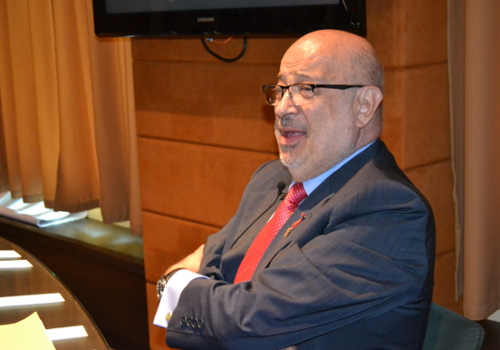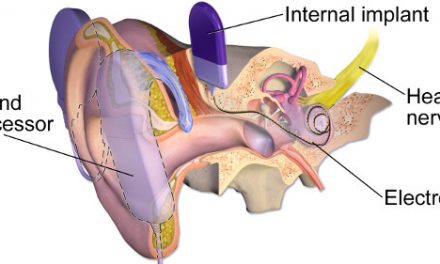“After improving Watt’s steam engine, Betancourt made Saint Petersburg a great western capital”
Agustín de Betancourt, an engineer born in 1758 in Tenerife, was one of the key figures of the Industrial Revolution in Spain, France and Russia and, in turn, a great stranger in his country, who left by political pressure. In a didactic exhibition, Xabier Añoveros, full academician and vice-president of the Royal European Academy of Doctors-Barcelona 1914 (RAED), during the Third International Act of the RAED, which was held last July in different cities of the Baltic. Añoveros presented the presentation “Agustín de Betancourt, un ingeniero genial de los siglos XVII y XIX entre España y Rusia” (Agustín de Betancourt, a genial engineer of the XVII and XIX centuries between Spain and Russia).
“Betancourt develops his life and his work in four disparate countries: Spain, Russia, France and England -said Añoveros in his paper-. He lived in Spain, Russia, France and England. He lived his youth being already a recognized scientist and working of spy for the count of Floridablanca to ascertain the operation of the French technology. Years later he worked for the French government building a own steam engine that imitated to the English in full bloom of the Industrial Revolution. Due to his bad relationship with Manuel Godoy in Spain, Betancourt decided to try his luck in Russia under the command of Tsar Alexander I and in 1812 he built one of the most important bridges of Russia, the Kamennoostrovski. Finally, he was the protagonist of the urbanization of cities as important as Saint Petersburg”.
At the age of just 20, Betancourt was reclaimed in 1788 by Count Floridablanca to run a new Machine Cabinet, which was located in the Retiro Palace in Madrid and began to operate on the basis of material developed by the engineer himself their collaborators. Betancourt was commissioned to find out everything possible about French and English technology to replicate it in Spain. And so it was, says the academician, how the young man became a figure in France and how he improved the steam engine designed by Watt, who kept his designs with zeal.

Dr. Xabier Añoveros Trias de Bes
“It happened that no one could suspect in English lands, the great Agustín de Betancourt began to design and build his own steam engine of double effect and also very perfected. Most important and for many surprising: it worked. The pieces he had not gotten in London were simply built by him. From that moment the English stopped having the monopoly of the steam technology”, explains Añoveros in his speech.
Since then his fame was remarkable and he invented and developed all kinds of machines, from mechanical looms, precision instruments for laboratories or machines for hydraulic works. In France he was known for his optical telegraphy work. At the end of 1796 he presented the so-called Betancourt-Breguet telegraph. But his bad relationship with Manuel Godoy in Spain made him accept the offer of Tsar Alexander I, who put in his hands the modernization of industry, roads, canals, ports and even the training of new engineers.
“When you visit Saint Petersburg, it’s surprising that the inscriptions of St. Isaac’s Cathedral are written in Russian, French and Spanish. It was a personal idea of the Tsar in recognition of the collaboration in the technical aspects of Betancourt in its reconstruction”, he explains. Añoveros highlighting the importance of the canary engineer in his country of adoption, where he resided until his death.





